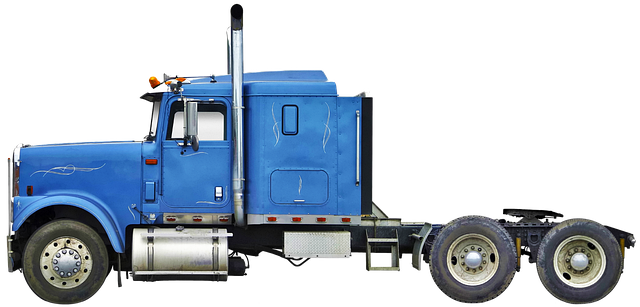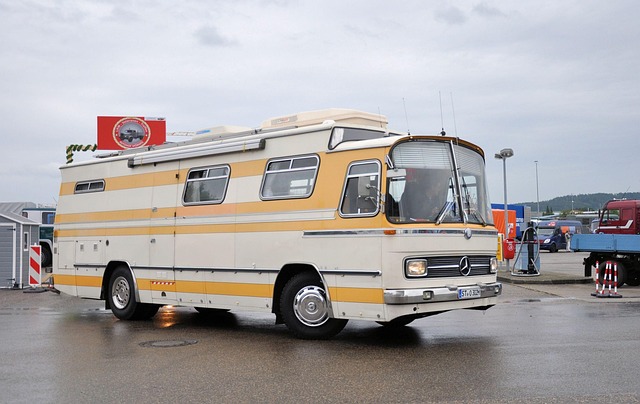Looking to register your car in California? This comprehensive guide breaks down the process step-by-step. From understanding the requirements to gathering essential documents, you’ll learn how to navigate the California DMV efficiently. We also cover the use of a DMV VIN verifier, a handy tool to streamline the registration. Get ready to dive into the details and ensure a smooth car registration experience!
- Understanding the California Car Registration Process
- Gathering Necessary Documents for Car Registration
- How to Use a DMV VIN Verifier in California
- Steps to Register Your Vehicle at the California DMV
- Additional Considerations and Common Pitfalls to Avoid
Understanding the California Car Registration Process

In California, registering a car involves several steps that can seem complex but are designed to ensure safety and security on the road. The process begins with gathering essential documents and information, including proof of ownership, valid identification, and proof of insurance. Once prepared, drivers will need to visit their local Department of Motor Vehicles (DMV) office or utilize the DMV’s online services for registration. The DMV will verify key details through a Vehicle Identification Number (VIN) check using specialized tools like a VIN verifier to confirm the vehicle’s authenticity and history.
A mobile VIN inspection or mobile VIN verification service can also be utilized as an alternative to visiting a DMV branch, offering convenience by allowing drivers to complete the initial checks from their current location. This modern approach streamlines the registration process, making it more accessible for California residents. Regardless of the method chosen, understanding the role of the VIN verifier and following the required procedures are crucial steps in ensuring a smooth car registration experience in this state.
Gathering Necessary Documents for Car Registration

Before you start the registration process, ensure you gather all the essential documents required by the California Department of Motor Vehicles (DMV). This includes your vehicle’s registration certificate from the previous state, proof of insurance, and a valid driver’s license. Additionally, you’ll need to provide the Vehicle Identification Number (VIN) and complete an application form. The DMV recommends using their online services or a reputable third-party provider for a seamless process, such as a mobile VIN verification service, which can ensure your vehicle’s history is accurately checked.
For out-of-state transfers, you might also require a title transfer document and a smog certificate if your car was last registered in certain regions. It’s crucial to check the DMV’s website for an up-to-date list of required documents to avoid any delays during the registration process. Remember, accurate and complete documentation is key to a smooth transition when registering your vehicle in California.
How to Use a DMV VIN Verifier in California

In California, utilizing a DMV VIN Verifier is a straightforward step in the car registration process. This service allows you to confirm your vehicle’s identity and history through its unique Vehicle Identification Number (VIN). By visiting the California Department of Motor Vehicles (DMV) website, you can access their online VIN verifier tool. Here, you simply enter your VIN to retrieve vital information about the vehicle, such as its make, model, year, and even previous owners. This is a crucial step in ensuring that you’re registering a legitimate and safe vehicle.
For those who prefer or require a more portable solution, there are mobile VIN verifiers available that offer the same functionality as the DMV’s service. These tools can be used on smartphones or tablets, making them convenient for on-the-go verification. Whether you opt for an online or mobile vin inspection, this process saves time and effort while ensuring compliance with California’s registration requirements.
Steps to Register Your Vehicle at the California DMV

To register your vehicle in California, start by gathering all necessary documents including your vehicle’s registration from the previous state, proof of insurance, and a completed DMV form reg-105 (Application for Vehicle Registration). Next, visit a California Department of Motor Vehicles (DMV) office or use their online services to initiate the registration process.
If you’re not able to physically visit a DMV, you can take advantage of their mobile vin inspection service. This allows for convenient and efficient vehicle registration by providing a quick and accurate vin inspection. Using a dmv vin verifier ensures that your vehicle’s information is accurately checked against state records, streamlining the registration process.
Additional Considerations and Common Pitfalls to Avoid

When registering your car in California, there are a few additional considerations to keep in mind to ensure a smooth process. One common pitfall to avoid is overlooking the condition of your vehicle. The California Department of Motor Vehicles (DMV) has strict guidelines regarding vehicle safety and emissions standards. It’s crucial to address any outstanding issues before initiating the registration. For instance, a mobile vin inspection or vin verification service can help identify potential problems with your car’s history or mechanical state, ensuring it meets the required standards.
Another important aspect is accurately documenting your vehicle’s information. The DMV relies on a Vehicle Identification Number (VIN) verifier to cross-check data against their records. Providing incorrect or incomplete details may lead to delays and additional fees. Be prepared with all necessary documents, including proof of ownership, insurance, and any relevant maintenance records. Avoiding these common pitfalls will make the registration process more efficient and reduce the risk of complications.
Registering a car in California involves understanding the process, gathering required documents, and adhering to specific steps. Utilizing a DMV VIN verifier can streamline this process by confirming vehicle identity and specifications. By following these guidelines, you can successfully navigate the registration at the California DMV while avoiding common pitfalls. Remember, proper documentation and accuracy are key to ensuring a smooth car registration experience.
